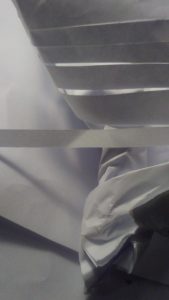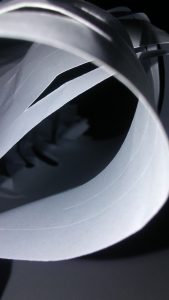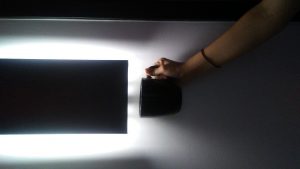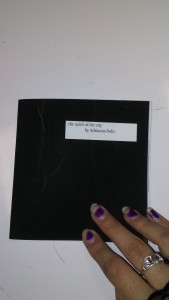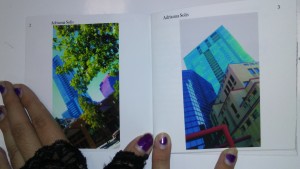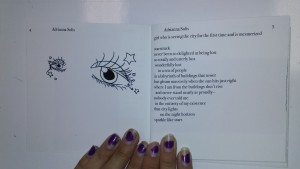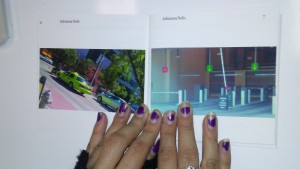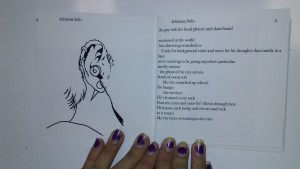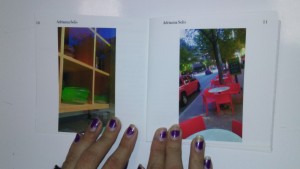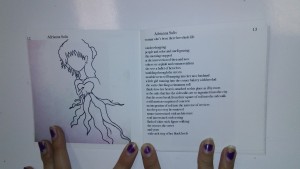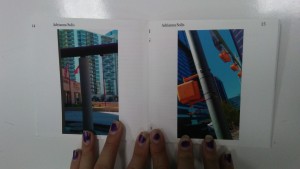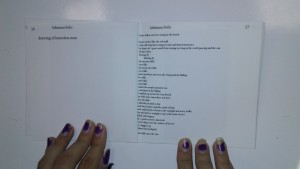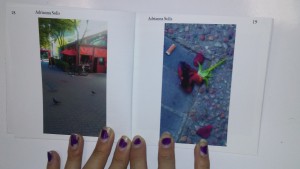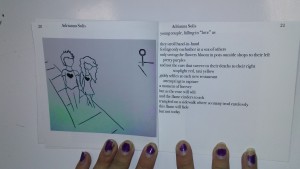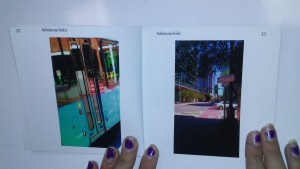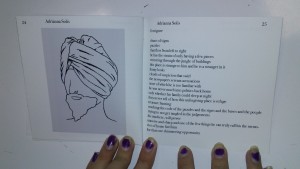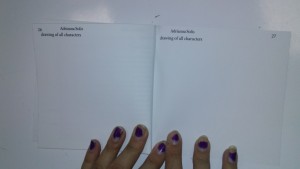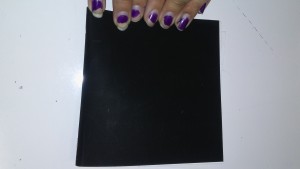- How is Warhol able to turn in “off” and based upon the article does he not care about the work? He turns “off” so to speak, by using the nothing-to-lose mentality and to just rely on his own ability and that of all the people he works with. I think he does not care too much about his work. He seems to have an distant relationship with his work, as versed in “that was just to pay rent in the factory” when referring to a certain project. He even repeatedly says the phrase, “It doesn’t really matter” and variations of it throughout the article, both specific to his work and just his philosophy for life in general. He is not pushing a certain meaning or agenda in his works, which he admits with “I’m not trying to educate people to see things or feel things in my paintings.” He cares some because he refers to his creating as “playing becuase work is play when it’s something you like.” Therefore, he cares about his work in that he finds some enjoyment in it, but he does not care about it to the extent that arguably the majority of artists do, in that he does not put his identity into his work and does not push a certain message or feeling through his work.
- Why is the article relevant to the last project?With the amount of pictures that we had to do, this attitude of “nothing-to-lose” would have been beneficial at at least some part of the process. If we were to get too precious about every picture, we would have never finished on time. We could afford to be that way on at least some of the pictures, probably near the beginning, but to get it done, we needed to do a multitude of shots with some effort in them, but not too much thought. Some of these kinds of pictures actually came out better than the thoroughly planned and emotionally attached ones, and I heard about some other students feeling the same way.
Personal Reflection
- Do you become self-conscious of your ideas?
The short answer is not really. I am pretty imaginative and inventive, so I realize I mostly feel confident about my ideas. I feel strong about them and want to see them come to fruition. So that is not really a problem. Where insecurities may arise in the art making process is the beginning of the actual creation of the idea. I suspect that everyone else has more resources than me, more transportation than me, more technical know-how than me. Also, I become very indecisive about choosing the material, or the size of the paper, the “temperature” of the paper, or things like that. However, I do not have time to go down that mental rabbit hole because of the pace of the assignments for this class. And even with art projects outside of this class, I feel that mental thing comes up and gives me some stress, but I kind of ignore it to create the thing. So in making art things for class and my own things alike, I kind of feel strong about my ideas, feel unequipped skill-wise or resource-wise, and it does not feel great, but I then just try to accept that I do not have the money or transportation or know-how as some of my peers, and just try to do what I can with what I do have and learn little tid-bits from my peers along to way. I’m here to learn, not to blow other people away, though I do try to do my best. - What do you think of the nothing-to-lose attitude? What are it’s pros and cons?A nothing-to-lose attitude is creating with an attitude of “let’s just explore, just for the sake of, and see what happens.” I think in a world of impassioned, but crippled with insecurity artists, this can be beneficial. It is beneficial in that it can give the artist to ability to get past insecurities and just create. It gives freedom and confidence. However, what I find lacking in the “nothing-to-lose” attitude is a lack of passion or attachment to the work. It is a little indifferent to the content of the work.
